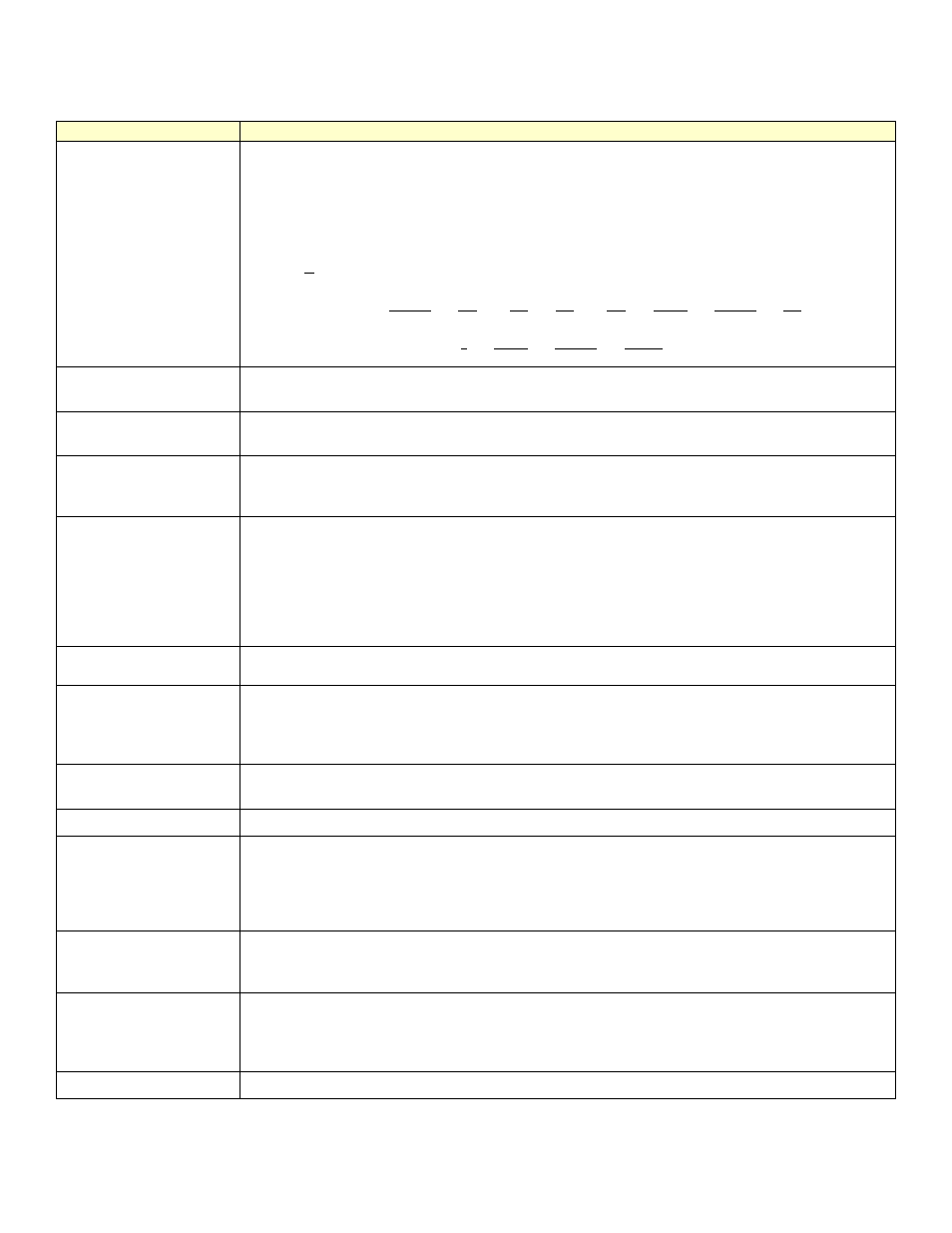Glossary – Retrotec Blower Door User Manual
Page 85

Page 85 of 87
©Retrotec Inc. 2015
Glossary
Term
Definition
Air Changes per Hour
The number or times per hour that the volume of air in the enclosure will flow out of the enclosure. A flow rate
normalized to the volume of the enclosure and allows comparison of the “leakiness” of larger volumes to the
“leakiness” of smaller volumes.
Always expressed in units of /h.
Calculated as:
General: Flow / Volume
Units:
1
ℎ
= CFM ∗ (
60 min
1 h
) ∗ (
1
ft
3
) = (
m
3
h
) ∗ (
1
m
3
) = (
m
3
s
) ∗ (
60 s
1 min
) ∗ (
60 min
1 h
) ∗ (
1
m
3
)
= (
l
s
) ∗ (
60 s
1 min
) ∗ (
60 min
1 h
) ∗ (
1 m
3
1000 l
)
ACH50
or ACH @ 50 Pa
Designation for “Air Changes at 50 Pa.” Can be calculated by taking CFM50 x 60 minutes/ hour, divided by the
house volume.
Air Current Tester
Neutrally buoyant smoke (manufactured by Retrotec Inc.) used to locate leakage locations, and to observe the
direction of air flow, or to see if pressure neutralization between two zones is reached.
air leakage
Pertains to how leaky an enclosure may be: the movement/flow of air through the building envelope, which is
driven by either or both positive (infiltration) or negative (exfiltration) pressure differences or test pressures
across the building envelope.
Baseline pressure
Pressure that exists when the enclosure has been prepared for the test, but before the fan pressurization
system is activated. There is always some Baseline pressure due to stack, wind, flues and active HVAC systems.
There are two components of Baseline pressure. A fixed Baseline offset (usually due to stack or HVAC) and a
fluctuating pressure (usually due to wind or elevator operation). A method of determining Baseline pressure is
to have a digital gauge accumulate readings over an adjustable time period
(Note: The terms “static pressure”, “bias pressure,” and “zero Fan Pressure difference” are used
interchangeably with the term Baseline pressure in other documents/standards used in the industry.)
CFM50
or CFM @ 50 Pa
Flow rate, in cubic feet per minute, required to depressurize/pressurize the building to 50 Pascals
Conditioned Space
An area or volume that is normally air-conditioned or heated (i.e. inside the thermal envelope). Even though
supply ducts may not discharge directly into these spaces, they are considered “conditioned” if their
temperature follows indoor temperature closer than outdoor. (e.g. Any space maintained above 50 °F in winter
and below 80 °F in summer)
depressurization
The process of creating a negative pressure in the enclosure by blowing air out of it. Air is drawn in from
outside to replace it, showing up as “geysers” when checked with an air current tester.
digital gauge
A gauge with an electronic pressure sensor and digital display that is capable of reading in tenths of a Pascal.
Door Fan
A test instrument that fits into an open doorway in order to pressurize or depressurize an enclosure. It is a
calibrated fan capable of measuring air-flow, and is used while mounting it into a doorway.
A Door Fan is often called a “Blower Door” or an “Infiltrometer™”. Door fan is more linguistically correct than
the common term “blower door”, since it is not a “door,” but rather a “fan” and since it does not use a
“blower.”
Door Panel
A solid or flexible panel used to temporarily seal off a door way while allowing for the installation of a fan for
the purpose of blowing air into the building in order to measure the air leakage rate or to provide a pressure to
assist in the location of air leaks
Effective Leakage Area
(EfLA)
A common term used to describe air flow at a pressure by equating it to an equivalent size hole in an elliptical
nozzle that would pass the same air flow at the same test pressure. It is usually taken at 4 Pa and incorporates a
1.0 discharge coefficient. It is typically about half the size of an equivalent leakage area that describes the same
air flow rate. See ASTM E779-10, eq. (5).
EfLA
See “Effective Leakage Area”
